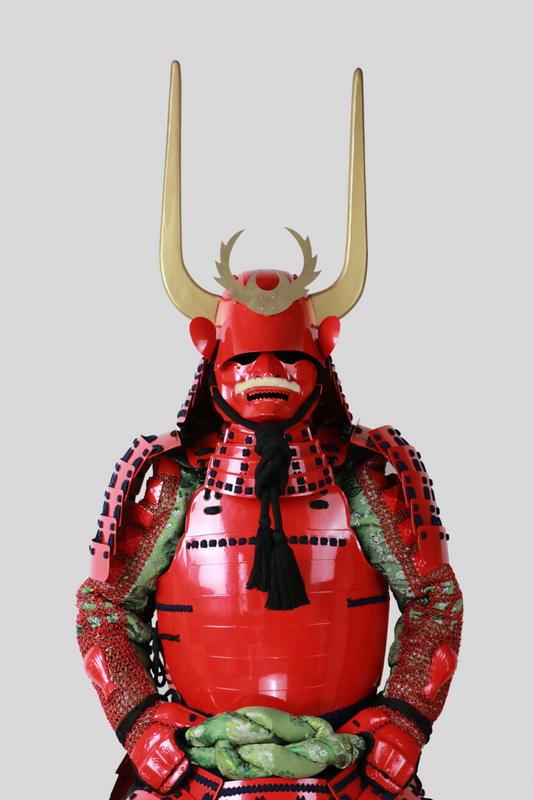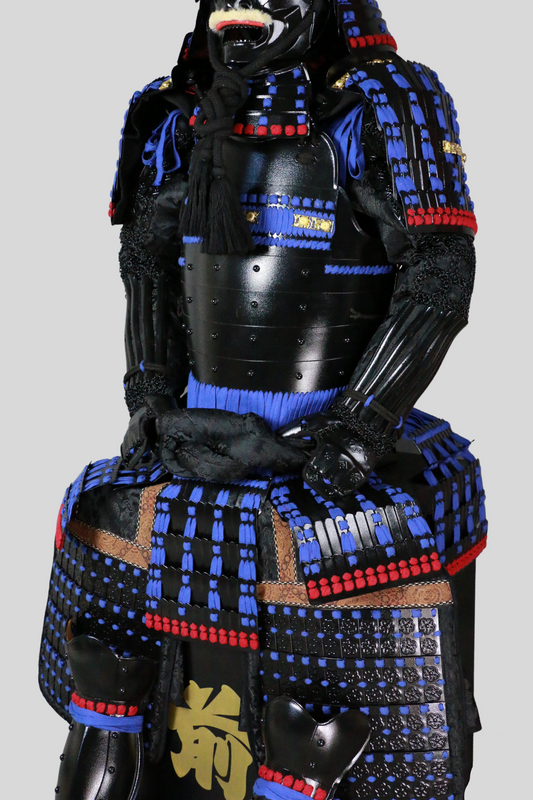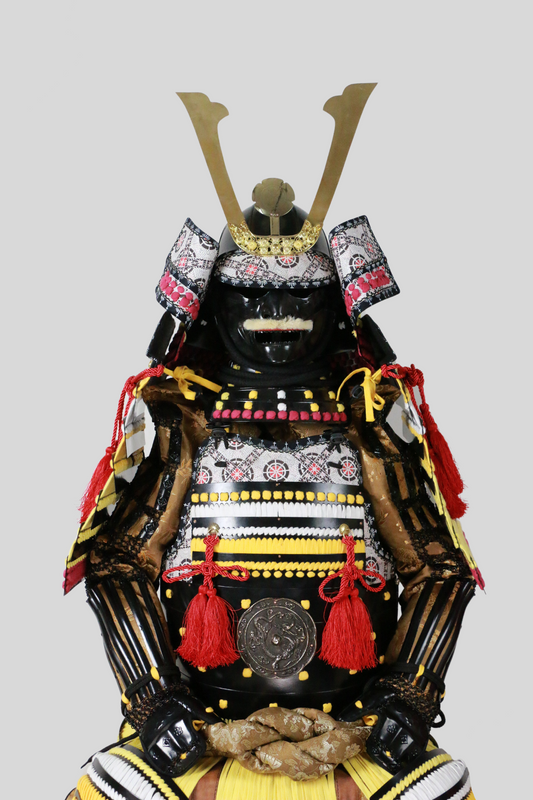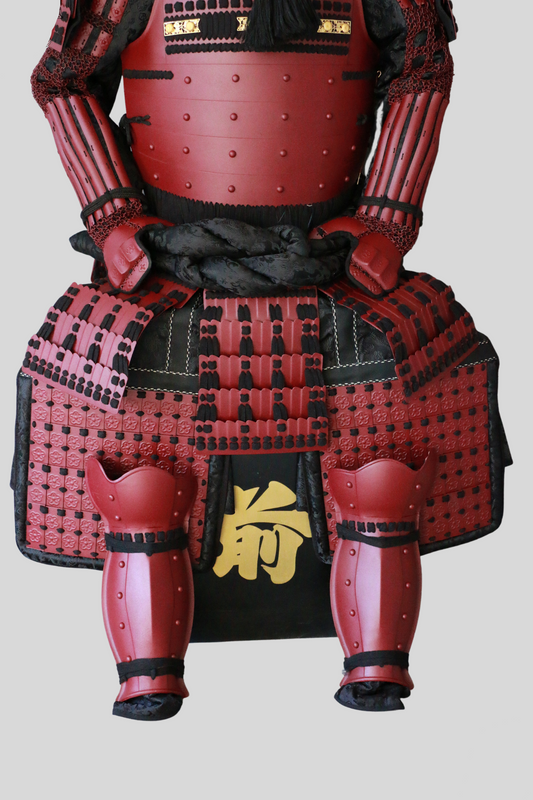Samurai Katana Collection — Timeless Japanese Sword Craft for Display & Cosplay
Discover the elegance, balance, and presence of a samurai katana designed to read beautifully on camera and command attention in person. From the curve of the blade and the geometry along the shinogi to the polish that frames the hamon, each piece in this collection embodies the refined silhouette that defines the classic Japanese sword.
What Defines a True Samurai Sword Look
A convincing katana for sale should present clean lines, a confident kissaki with a well-drawn yokote, and fittings that feel intentional rather than decorative noise. Balanced proportions allow highlights to travel smoothly across the bevels, while a properly fitted habaki and tight ito wrapping over quality samegawa create a grip that feels composed in hand and crisp in photographs or video.
Steel & Heat Treatment Options
Choose the steel that suits your priorities. A 1060 carbon steel katana offers approachable toughness and straightforward care. For sharper lines and assertive edge personality, a 1095 or T10 steel katana deepens polish contrast and enhances detail around the kissaki. If you favor resilience and forgiving handling, a spring steel or 65Mn manganese steel build delivers stability with a composed backbone. Collectors who love texture can explore folded steel or Damascus steel katana patterns that add layered grain without sacrificing geometry. Through-hardened blades emphasize even strength and maintenance ease, while clay-tempered pieces highlight a natural hamon—subtle suguha for calm elegance or lively midare for dramatic presence.
Geometry, Balance & Handling
A well-executed shinogi-zukuri profile defines the character of a samurai katana. The choice between bohi and no-bohi shapes the story you tell: a bohi introduces agility and audible tachikaze for dynamic posing and fluid motion, while a no-bohi blade preserves mass and an uninterrupted reflection line for a formal, gallery-style visual. Either direction benefits from cohesive fittings—curated tsuba, fuchi-kashira, and a lacquered saya that frames the blade rather than competing with it.
How to Choose Your Samurai Katana
Begin with intent. If you want a centerpiece that anchors a modern room or streaming setup, select a monochrome theme with a clean hamon and a deliberate polish that pops under LED light. If your display celebrates tradition, opt for classic motifs, subdued colorways, and a hamon that rewards close viewing. For cosplay and creative shoots, prioritize balance and comfort in hand, consider a bohi for ease of posing, and pair the sword with a neutral stand that keeps attention on the blade’s lines.
Care, Preservation & Presentation
Keep the finish pristine by storing your samurai sword in a dry environment, wiping surfaces gently after handling, and applying a thin protective oil film when needed. Avoid edge-to-edge contact and abrasive materials to preserve polish, linework, and any visible hamon. A quality katana stand supports the saya, maintains alignment at the koiguchi, and presents the blade at an angle that lets highlights trace along the bevels for maximum visual impact.
FAQ
Which steel should I choose for my first samurai katana?
Select 1060 carbon steel for a balanced entry, step to 1095 or T10 if you want crisper edges and higher-contrast polish, or choose spring steel when forgiving resilience is the priority. If you love texture, a folded or Damascus option adds layered grain to the visual story.
Should I pick bohi or no-bohi?
A bohi reduces weight and creates audible tachikaze for dynamic movement and cosplay. A no-bohi profile keeps mass for gravitas and an unbroken mirror line that reads as formal and austere in display.
Does a hamon matter for display?
A natural hamon adds depth and character, especially under soft lighting, but a clean through-hardened polish can be equally striking in modern setups. Choose based on whether you prefer traditional activity or minimalist clarity.
Shape your narrative.
Choose a samurai katana that matches your aesthetic—minimal and modern or classic and ceremonial—and let deliberate steel, precise geometry, and cohesive fittings define the centerpiece of your collection.










